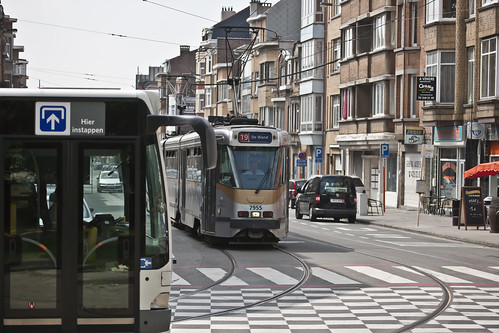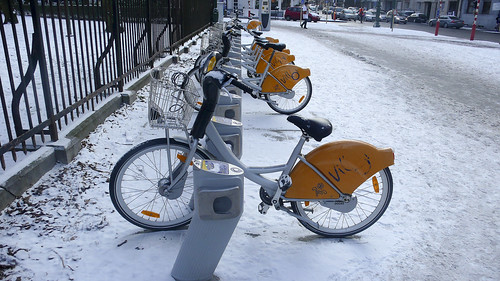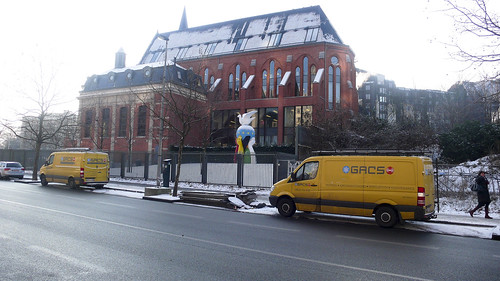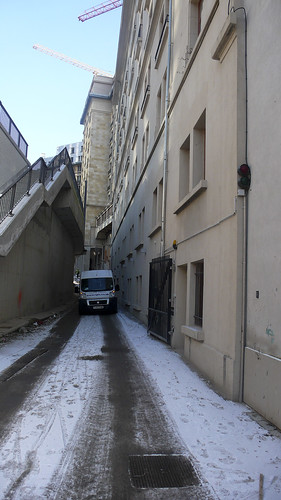The Brussels tram (or streetcar) system is a successful medium-sized system, whose development demonstrates many of the quandaries that face local public transport planners. It also has a number of interesting peculiarities.
There are 17 routes, serving most points of the compass, and including two partial ring routes. These have a very varied feel, including street running through narrow streets in working class districts (lines 81 and 82), cobbled central reservation, reserved track through parkland and woods (44), and signal-controlled running in tunnels (the "premetro"). There are even some short stretches of gutter running (18). Almost all trams are double-ended and all are double-sided, and some stub termini in the middle of the road remain (55), although most have loops. The route pattern shows some notable gaps, particularly along major radial routes, because these were originally served by a separate tram system, the national network of tramways vicinaux/buurtspoorwegen. These had a track gauge of one metre, as against the Brussels standard gauge, and so the tracks could not easily be taken over when the lines were progressively closed from the 1960s onwards.
The complementary routing of vicinal and urban tracks and the replacement of key lines by metro has led to some peculiar track layouts, for instance at the Barrière de St-Gilles/Bareel St-Gillis. Of the seven roads that meet at this circular junction, six originally contained tramlines, whereas today only three do. To negotiate a sharp turn, route 18, until it was closed on 1 July 2007, had to make a 270-degree turn on its journey away from the city centre, looping round and crossing its own path.
A further peculiarity is that under the South station, the premetro and metro tracks both swap from running on the right to running on the left where they run parallel to provide cross-platform interchange between the two lines. This serves no apparent purpose, but may be because main line trains in Belgium run on the left. The metro returns to running on the right under the new Jacques Brel depot.
Between 2006 and 2009 a phased transformation of the tram network took place, with the aim of improving regularity and relieving overcrowding. As part of this the premetro service between North station and Albert was restructured with fewer lines passing through it, but at more regular intervals. These routes use the new longer Bombardier trams. During this period of transformation the bus network underwent complementary revisions.
![TRAM 81 [BRUSSELS TRAM SERVICE]-123743](https://c5.staticflickr.com/6/5616/30436966124_ae1dc285cc_b.jpg)
![TRAM 81 [BRUSSELS TRAM SERVICE]-123742](https://c3.staticflickr.com/6/5572/30436964514_52a8462b2f_b.jpg)
![TRAM 81 [BRUSSELS TRAM SERVICE]-123741](https://c4.staticflickr.com/6/5772/30450553643_acb21bceb4_b.jpg)
![Great Mosque of Brussels [Cinquantenaire Park]-123746](https://c7.staticflickr.com/6/5657/31222520606_cbc0f108c3_b.jpg)



